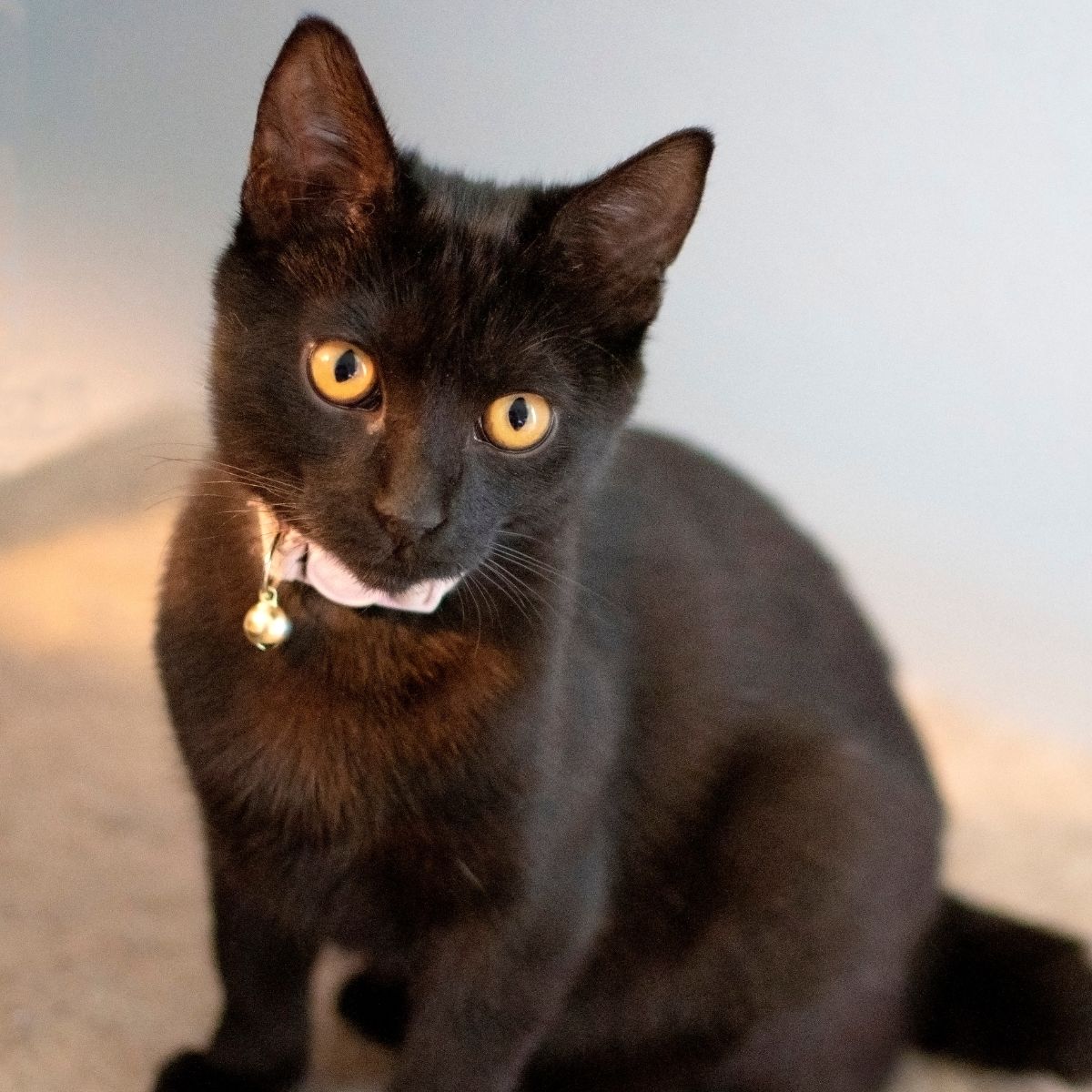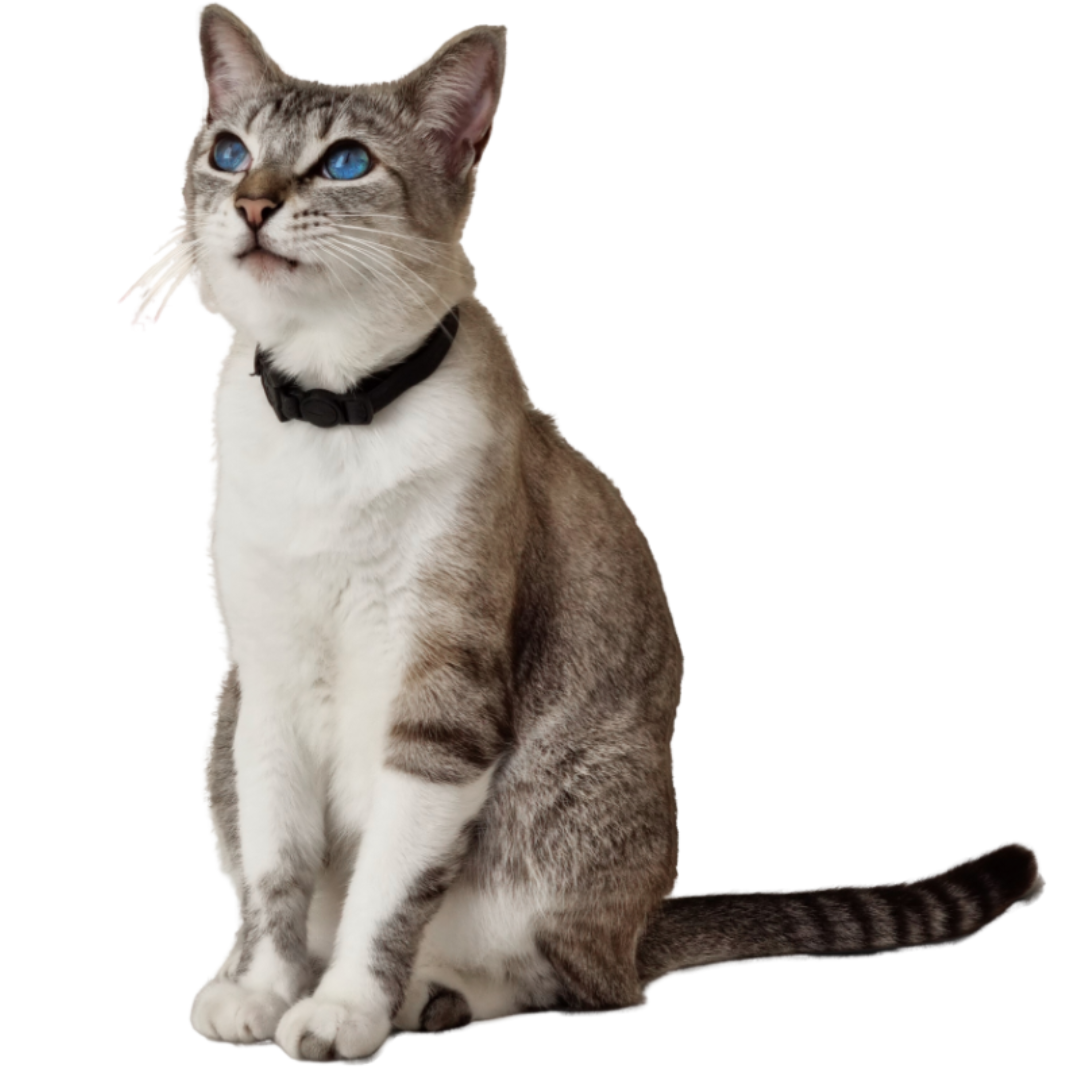Pet Laser Declawing in Russell Creek Pet Clinic & Hospital at Plano, TX

Pet Laser Declawing in Plano, TX
Laser declawing, when performed responsibly, offers a refined surgical option for feline patients. Our clinic uses a carbon dioxide (CO₂) laser to perform pet laser declawing in Plano, TX. This technique delivers precise results with focused benefits for both cats and their owners.

Understanding Laser Declawing
Pet laser declawing is designed to remove the last bone of each toe, preventing future scratching damage while minimizing tissue trauma. The CO₂ laser emits a concentrated beam that cuts and cauterizes simultaneously. This method reduces bleeding, swelling, and the risk of infection—factors critical to safer procedures and more comfortable recoveries.
Benefits of CO₂ Laser Declawing
Laser declawing at Russell Creek offers clear advantages:
- Reduced Bleeding – The laser seals blood vessels as it cuts, resulting in minimal blood loss.
- Less Swelling – The laser’s non-contact approach avoids twisting or tearing tissues.
- Lower Infection Risk – High heat from the laser sterilizes the wound area during surgery.
- Faster Recovery – With less tissue damage, cats can begin the healing process sooner.
These benefits make pet laser declawing in Plano, TX a preferred option for veterinarians and cat owners.
Why Choose Us for Pet Laser Declawing in Plano, TX
At Russell Creek Pet Clinic & Hospital, we combine experienced surgical techniques with laser precision:
- CO₂ Laser Expertise – Our veterinarians are trained in laser use and technique.
- Gentle Anesthesia Protocols – We use safe, monitored anesthesia tailored to each cat.
- Comprehensive Pain Control – We provide medication to manage discomfort after surgery.
- Post-Operative Support – We guide you through at-home care, including incision checks and follow-up exams.
- Clear Communication – We explain the declawing process, expectations, and aftercare to support both pet and guardian.
When Is Laser Declawing Recommended?
Laser declawing may be considered under specific, responsible circumstances, such as:
- Cats that consistently injure humans or themselves through aggressive scratching
- Situations where claw protection measures have failed
- Cases where indoor cats present persistent behavior or safety concerns
We include a thorough behavioral and environmental review before considering declawing. Alternatives like nail trims, claw caps, and training are explored first.
What to Expect from the Laser Declaw Procedure
- Pre-Surgical Assessment – We conduct a comprehensive examination, including lab work and X-rays as needed.
- Surgical Preparation – Cats undergo safe anesthesia and positioning before the laser procedure begins.
- Declawing with CO₂ Laser – Each toe is treated precisely, with immediate cauterization to control bleeding.
- Post-Surgical Care – Cats recover comfortably under monitored conditions. We provide clear discharge instructions and medication.
- Follow-Up Evaluation – We schedule a recheck appointment to ensure proper healing and address any concerns.
Promoting Safe and Effective Care
Laser declawing requires careful decision-making and follow-through. Our process includes:
- Client Education – We discuss all available options and ensure informed consent.
- Comfort-Oriented Protocols – Pre-emptive pain relief and ongoing pain management are standard.
- Hygiene Practices – Surgical rooms and equipment follow strict sterilization standards.
- Aftercare Advice – You receive guidance on litter box changes, activity limitations, and monitoring.
Book Appointment
For cat owners in need of pet laser declawing in Plano, TX, Russell Creek Pet Clinic & Hospital can provide information and support to help you make the right decision. We’re committed to safe procedures and healthy outcomes for your cat.
Contact our team today to book appointment and explore whether laser declawing is appropriate for your situation.
